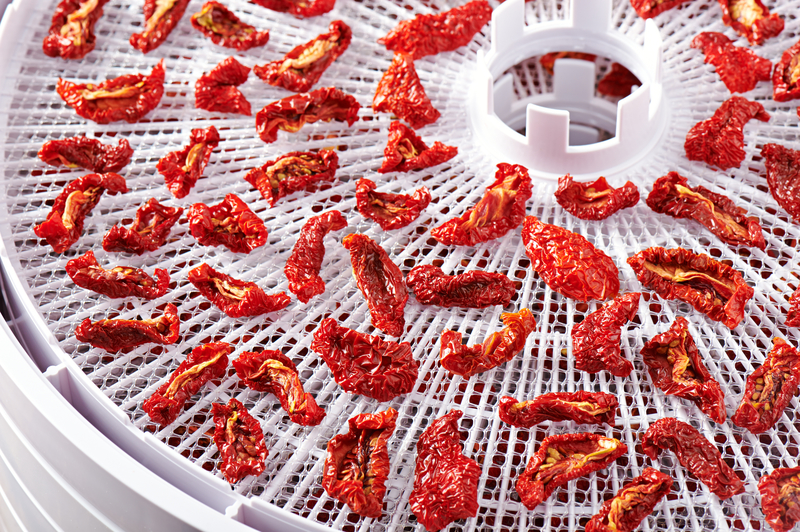The opportunity to eat your dehydrated food doesn't have to wait for a crisis. Through dehydrating, there is less food waste and those foods become tastier. You can integrate the food into your everyday meals. It's also a unique way to test snacks and other recipes you've been meaning to try. The ability to properly dehydrate food is made easier by the below tips and tricks.
1. Pre-Steaming Can Go A Long Way
As anyone who has done this for a while can tell you, some foods lend themselves to dehydration more naturally than others. However, there are certain vegetables, such as broccoli or certain types of beans that will benefit from pre-steaming before dehydration.
Pre-steaming before you dehydrate will allow your veggies to maintain their color and their nutritional content.
2. A Dedicated Machine Isn’t Really Necessary
The truth is that you can use your oven or your toaster oven to dehydrate your food. If you’re living in a climate that’s up for it, sun drying is another option and in a pinch even a microwave can work for quick-drying foods.
3. If You’re Not Team Vacuum Seal…You Should Be
With other types of storage, moisture can creep back in and mold can sometimes take hold. By using vacuum seal, you’ll be able to ensure maximum freshness for the next 20 years.
4. The Secret To “Done” is Moisture
It doesn’t matter if you’re dealing with meat, fruit, or vegetables. Drying food out doesn’t necessarily have to mean removing all of its moisture.
As a general rule your vegetables should be easy to crush at 5% of moisture, fruit should be bendable at about 10% moisture content, and meat can have as much as 20% of its moisture.
5. Separate Your Food Groups
Although it’s normally recommended that you keep your diet balanced with members of all the food groups, but you can and should be ignoring the doc’s advice while you’re dehydrating food.
Drying everything at once may seem more convenient because all the food done in a single batch, but the problem with this is that different foods have different temperatures and required moisture levels. Even without knowing the intimate details of your machine, the results are still likely to turn out uneven.
On the other hand, if you can separate the food groups by type instead of by general categories, that’s even better.
6. The Two C’s of Storage
We touched on this point earlier with the whole discussion on vacuum seal entry, but it can’t be stressed enough. The quality of your storage can really make or break your efforts.
If moisture creeps into your containers or if the food is left in an environment that’s too warm, the food may start going bad within just a few days.
So when it comes to storage, it all comes down to the two C’s and one D. Cool, Clean, and Dry are the essential keys that you have to remember. If the plan is to use the garage as storage, don’t forget to make sure that your packaging is tear-proof.
Do you have experience with dehydrating food? If so, do you have additional tips and tricks?
Article Source: Be Survival
